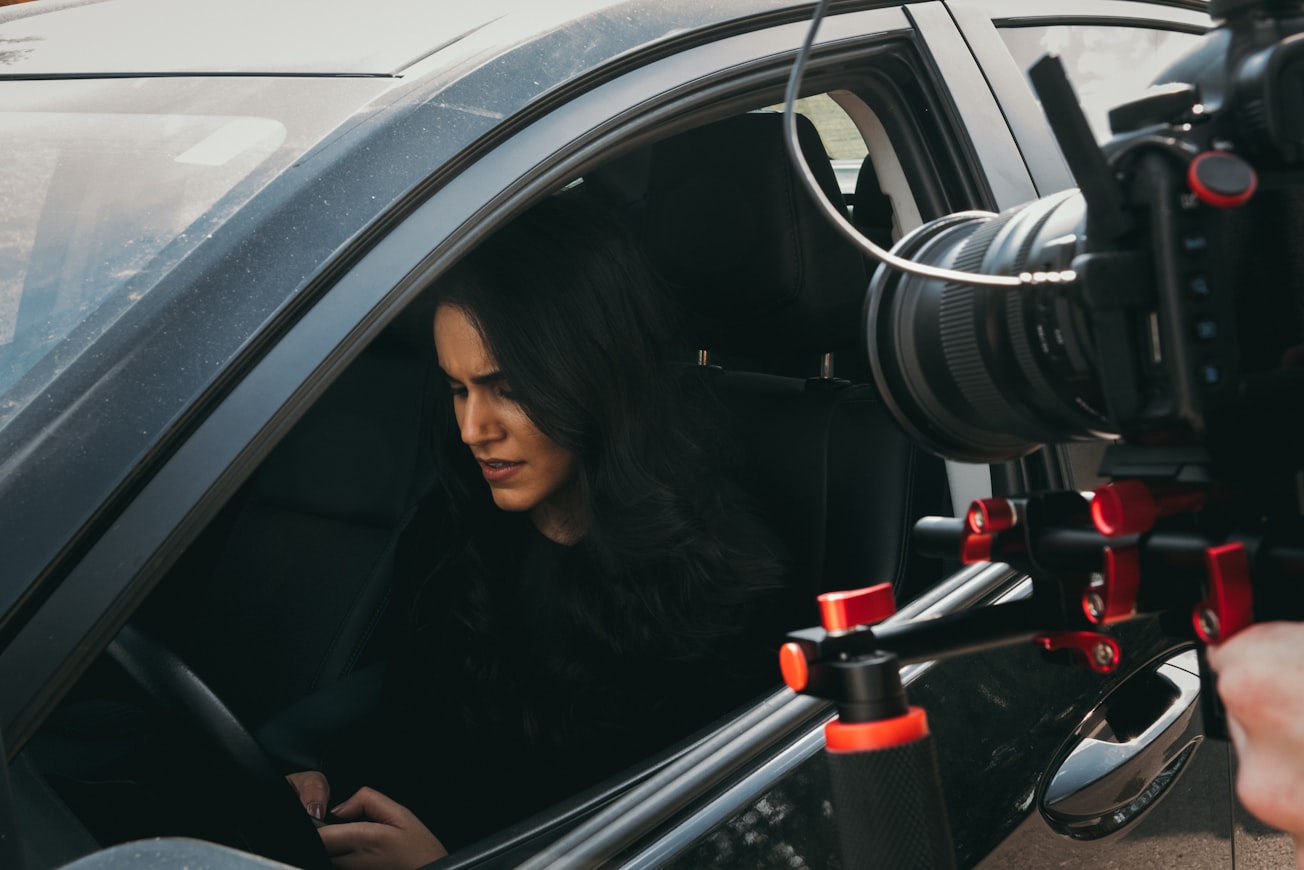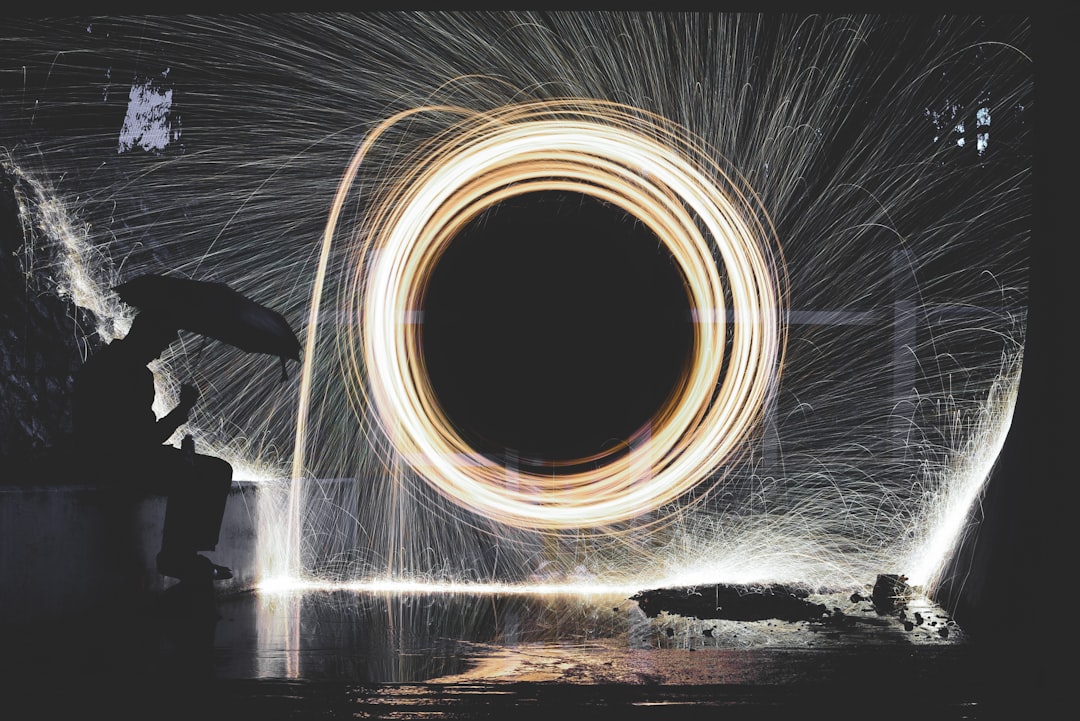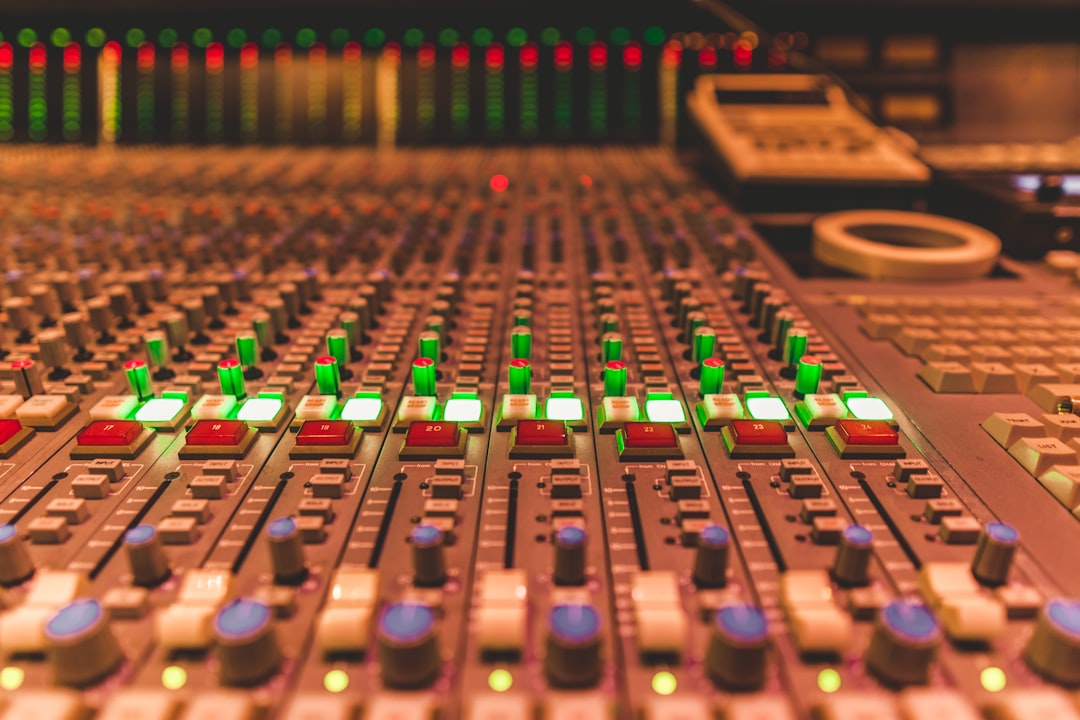What is it about?
Framing is a focusing device. It allows us to highlight some aspects and minimize others. So with visual framing, it really comes down to what is included in the frame and what is excluded from the frame. Photographers have lots of flexibility and freedom in their framing choices and, by them, they can choose if they want to emphasize scale, scope, emotional reaction, numbers, impact on one, or impact on many, that kind of thing. These choices definitely have a big impact on how the images look but with this study, we’re trying to go beyond framing and broaden the discussion to explore other factors that also impact our images. We did this through in-depth interviews with photographers, photojournalists, and we asked them, “What kinds of things make people reactive in front of cameras? What kinds of things have you observed make people comfortable in front of cameras?”
Featured Image

Photo by KAL VISUALS on Unsplash
Why is it important?
By looking at factors beyond framing, we’re hoping to raise awareness of why people are reactive to cameras and what journalists can do about it. The whole goal of journalism is to present a view of reality as we experience it, so, if we’re being reactive and being influenced by the photographer’s presence, we might not be as authentic or real as we would be if a camera wasn’t there.
Read the Original
This page is a summary of: Beyond Framing, Journalism Practice, March 2016, Taylor & Francis,
DOI: 10.1080/17512786.2016.1152908.
You can read the full text:
Resources
Contributors
The following have contributed to this page










